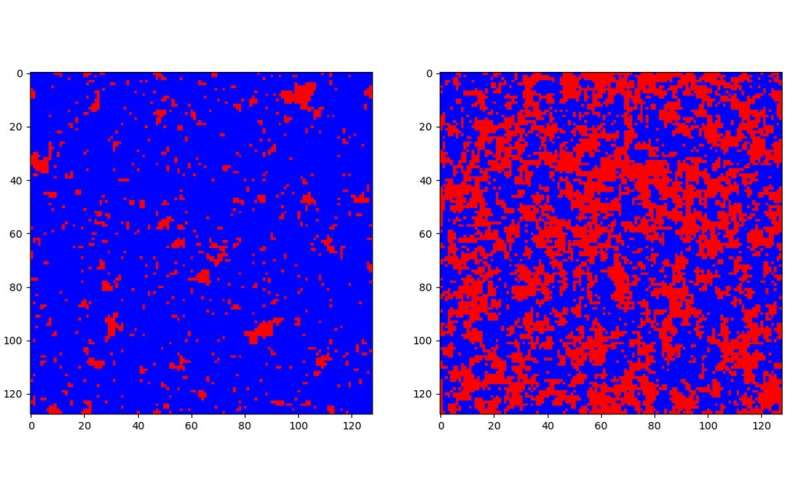
Using Artificial Intelligence and Machine Learning to Better Understand Spin Models
Tokyo Researchers Metropolitan University (TMU) have used machine learning to explore spin models that are used in physics to explore phase transitions. By using Artificial intelligence algorithms can be taught using pre-classified data and then used to categorize a relatively broader range of data.
Artificial Intelligence used to classify images and handwriting and could be used to differentiate between various phases of matter in basic physical models and AI algorithm trained on one model .
While in a way of Achieving a Paradigm Shift, researchers looked at the most basic model of magnetism in materials—the Ising model and that is mathematical model of ferromagnetism in statistical mechanics. It consisits of discreet variables that represent magnetic dipole moments of spins that can exhibit one of two states, +1 or -1 (up or down).
These spins can organize themselves into a ferromagnetic phase or take up arbitrary directions in a paramagnetic phase depending on certain conditions. By using machine learning, researchers were able to utilize a whole microscopic configuration to categorize a phase.
These models cannot be applied to more complex than the Ising model because other models, such as the q-based Potts model, can exhibit states other than “up” or “down” developed by Carrasquilla and Melko.
Artificial Intelligence differentiate between multiple phases capable of exhibiting a large number of physically equivalent states, the approach developed at TMU is being supplemented by more microscopic information.
Researchers was able to train an Artificial Intelligence algorithm to tell three phases apart in a six- and four-state clock model, discovering a deep connection between one of the three phases and the critical phase that arises at the ‘second-order’ phase transition in the four-state clock model.
The features of Artificial Intelligence lend themselves well to identifying these features in the most complex models and systems, to explore deep connections that underpin technology and the wider natural world.



